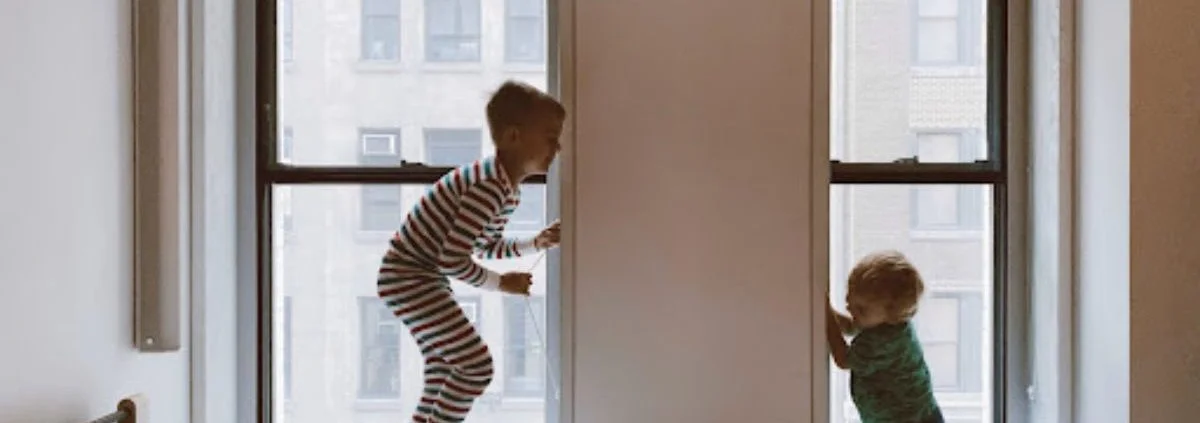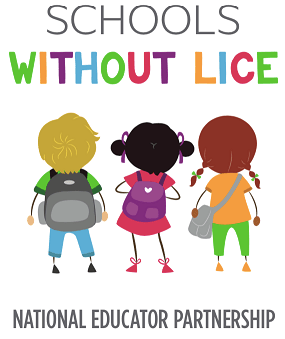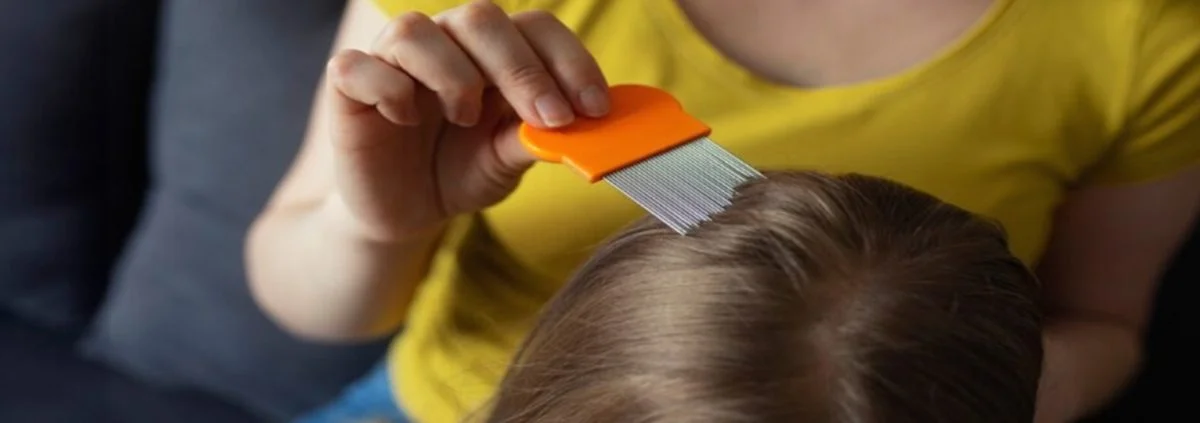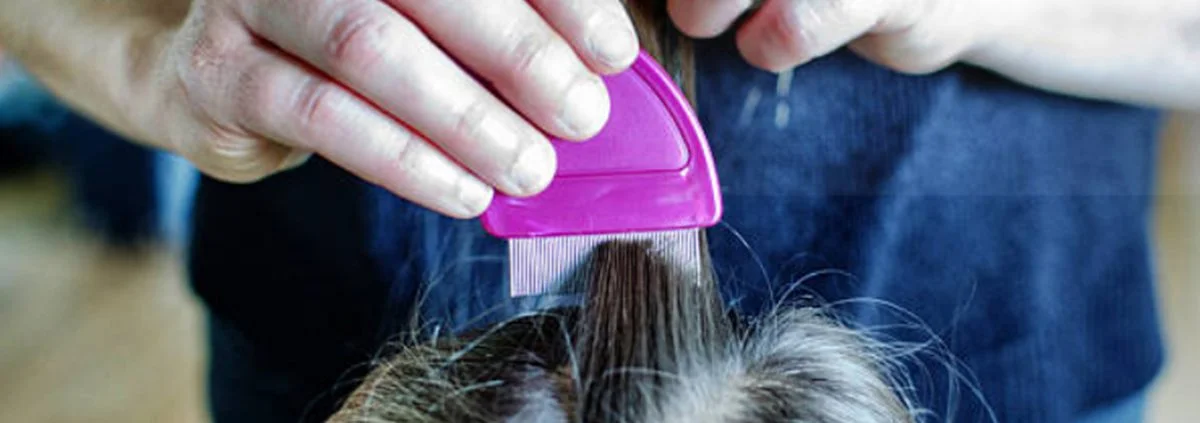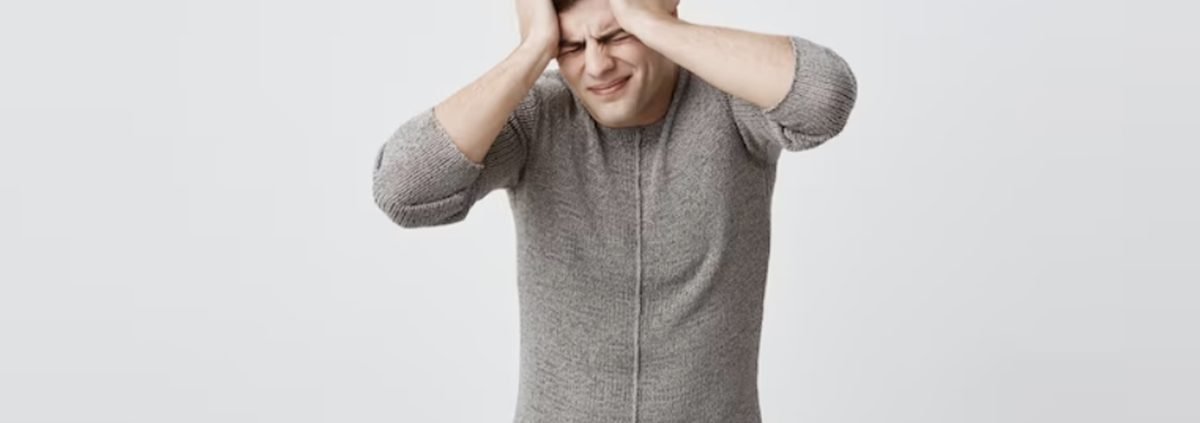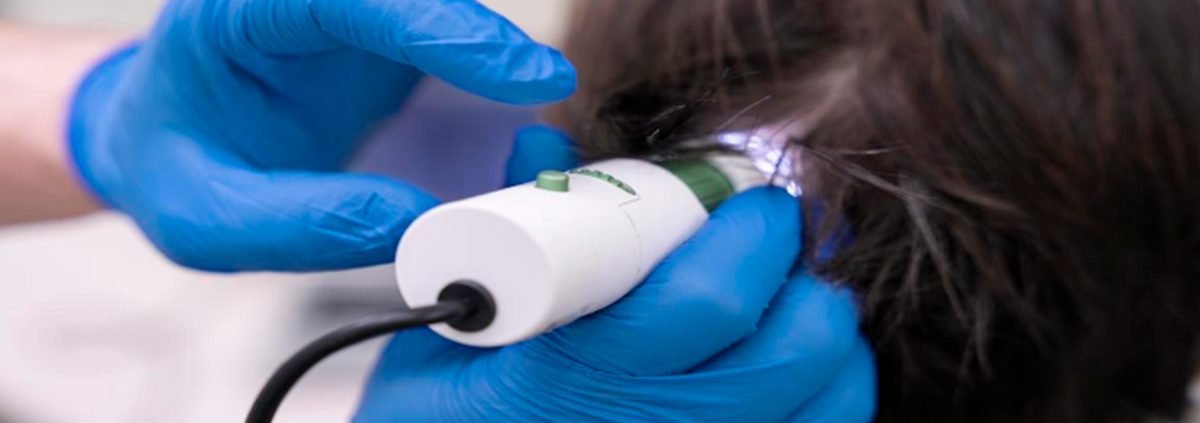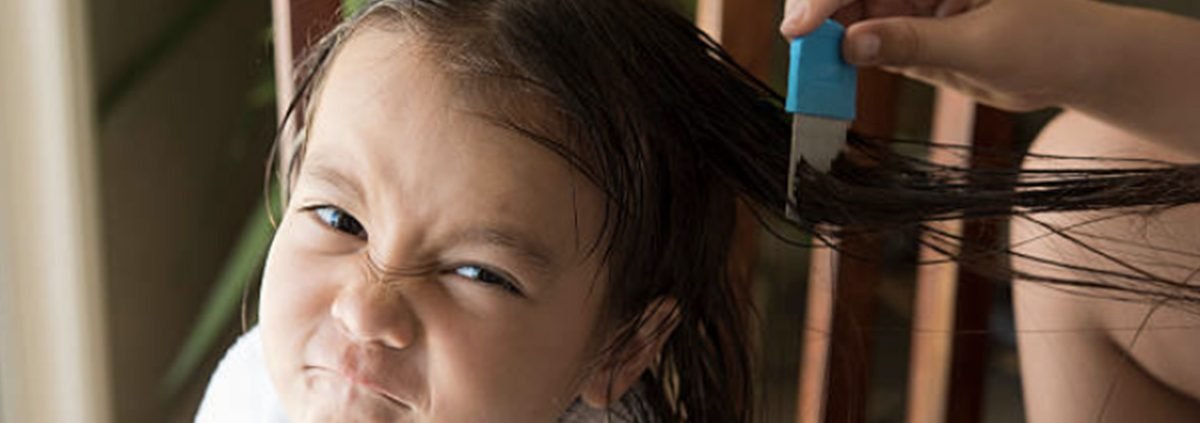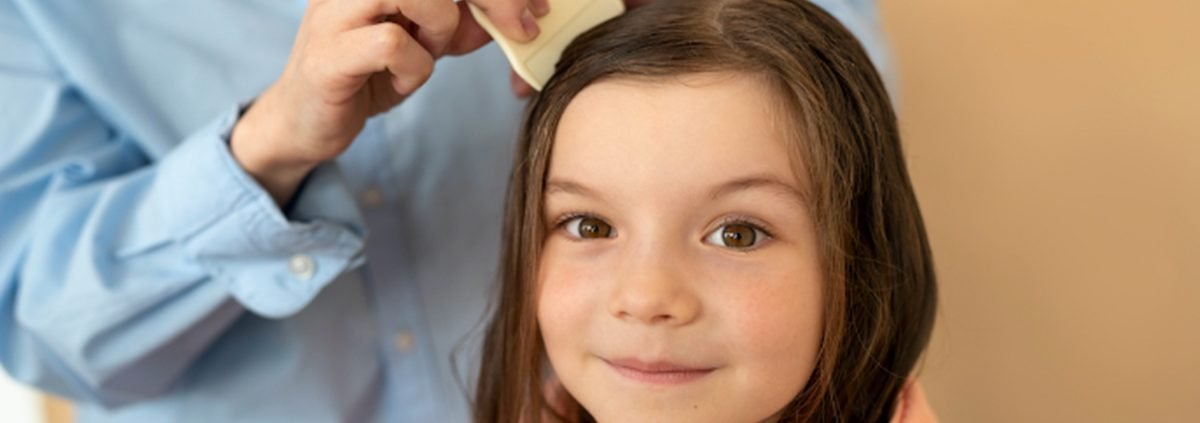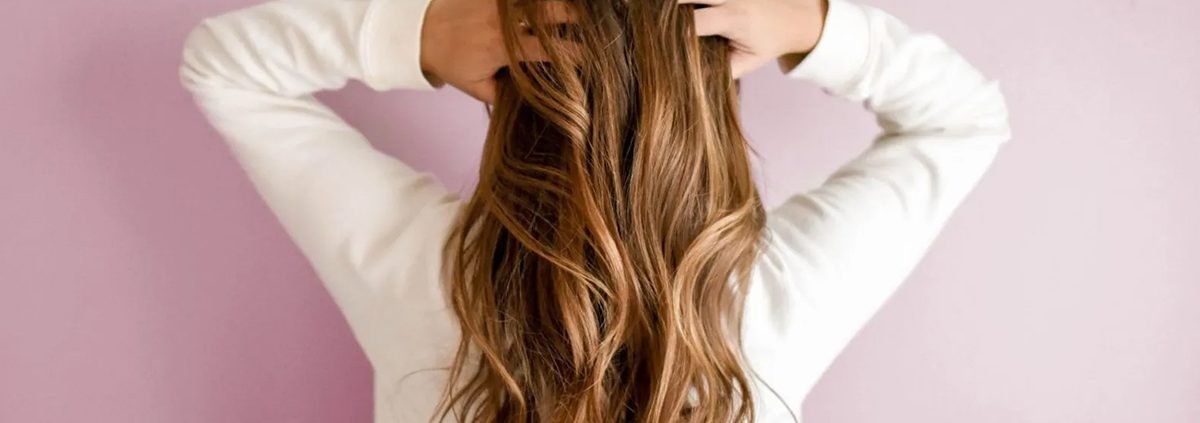Lice Treatment for Children. Safe and Gentle Approaches
Lice infestations are a common problem among children, especially elementary-age kids, and teens in public schools, that can cause discomfort, itching, and embarrassment. As a parent or caregiver, finding safe and gentle lice treatment options for kids is extremely important to prevent scalp damage or exacerbating the lice infestation.
Children near each other are particularly vulnerable since lice are spread mainly through direct head-to-head contact. Look out for common symptoms like an itchy scalp or but it is essential to inspect the hair thoroughly for nits or lice to confirm the diagnosis.
Let’s explore some of the different safe and gentle lice treatments for kids.
Lice Shampoo for Kids
Lice shampoo is a popular choice for treating lice, but you have to watch out for harsh chemicals. These specialized shampoos typically contain ingredients like pyrethrins or permethrin, which are great for killing lice and nits. It’s also vital to follow the manufacturer’s instructions carefully and repeat the treatment if necessary. Before you use anything, though, you should conduct a patch test to make sure your child isn’t allergic to the product. As long as you always opt for products specifically formulated for children, lice shampoos are a generally safe option for kids.
Comb-Out Method
If you’re looking for a more hands-on approach to getting rid of lice, the comb-out method is a great option. This method uses a fine-toothed lice comb to remove lice and nits from the child’s hair. While it may be time-consuming, it is a gentle and non-toxic method to combat lice infestations.
Natural Remedies
There are non-chemical approaches for parents seeking an alternative to the typical chemical-focused lice treatments – some of which are great natural remedies for managing lice in kids. Here are some of the options:
- Olive Oil – Applying olive oil to the hair smothers and suffocates lice, making it easier to remove them with a fine-toothed comb. For better results, put on a shower cap or another type of head covering that keeps the oil in the hair for longer. Research shows this method is one of the best natural remedies parents can use at home.
- Tea Tree Oil – Because tea tree oil has natural insecticidal properties, diluting a few drops of it in water and spraying it on the hair may help repel lice.
- Apple Cider Vinegar – While it doesn’t directly kill lice, rinsing the hair with a mixture of apple cider vinegar and water may help loosen the nits, making it easier to comb them out.
- Mayonnaise – Mayonnaise can be used for more than just a sandwich additive. It suffocates lice when applied to the scalp, but is messy and has a staunch smell. However, it must completely harden in order to effectively kill lice. Follow-up treatments are necessary to get rid of nits.
- Eucalyptus Oil – This oil contains cineole and eucalyptol, both of which are effective in killing lice. Like olive oil, it blocks lice’s airways so they can’t breathe. The oil’s strong scent also repels lice from ever attaching to the scalp.
- Lavender Oil – Lavender oil, when used with other oils like tea tree oil, may get rid of lice. It should be used sparingly to prevent an adverse reaction. While not much research supports the complete effectiveness of lavender oil, it makes your hair smell great!
Keep in mind that while natural remedies can be gentler, they may not be as effective as lice shampoos or other medicated treatments. Always monitor how well the treatment is working and look for any side effects
It is essential to monitor the situation closely and consult with a healthcare professional if the infestation persists.
Taking Preventive Measures
Lice prevention is just as important as treating the infestation. Encourage your children not to share personal items. While this might not be a big problem at school, it could be a risk in after-school programs, sports, or other extracurricular activities where head-to-head contact is possible. Regularly washing and drying bedding, clothing, and other items that may have come into contact with lice-infested hair in the hottest setting possible can help reduce the chances of re-infestation.
Seeking Professional Advice About Lice Treatment for Kids
If your child’s lice infestation doesn’t go away or is severe, we highly recommend consulting a licensed lice removal specialist. At Fresh Heads Lice Removal, we have three convenient locations in Jacksonville, FL, Orlando, FL, and Savannah, GA. This way, you can get effective lice treatment wherever you are in the area. Our experts can provide personalized guidance and treatment options tailored to your child’s specific lice infestation. Dealing with them can be distressing for both children and parents, but with safe and gentle approaches like lice shampoo for kids, comb-out methods, and natural remedies, the problem can be effectively managed. Act promptly and thoroughly when dealing with lice infestations to prevent their spread and discomfort for your child. With patience, care, and help from Fresh Heads Lice Removal, you can ensure your child’s scalp remains free from these pesky parasites.
Schools Without Lice
At Fresh Heads Lice Removal, our mission is to get rid of lice in schools across the United States. We’ve partnered with the Lice Clinics of America to create the Schools Without Lice program. Through this program, we provide school nurses and teachers with free screenings, resources, and treatments. Together, we can have schools without lice!

